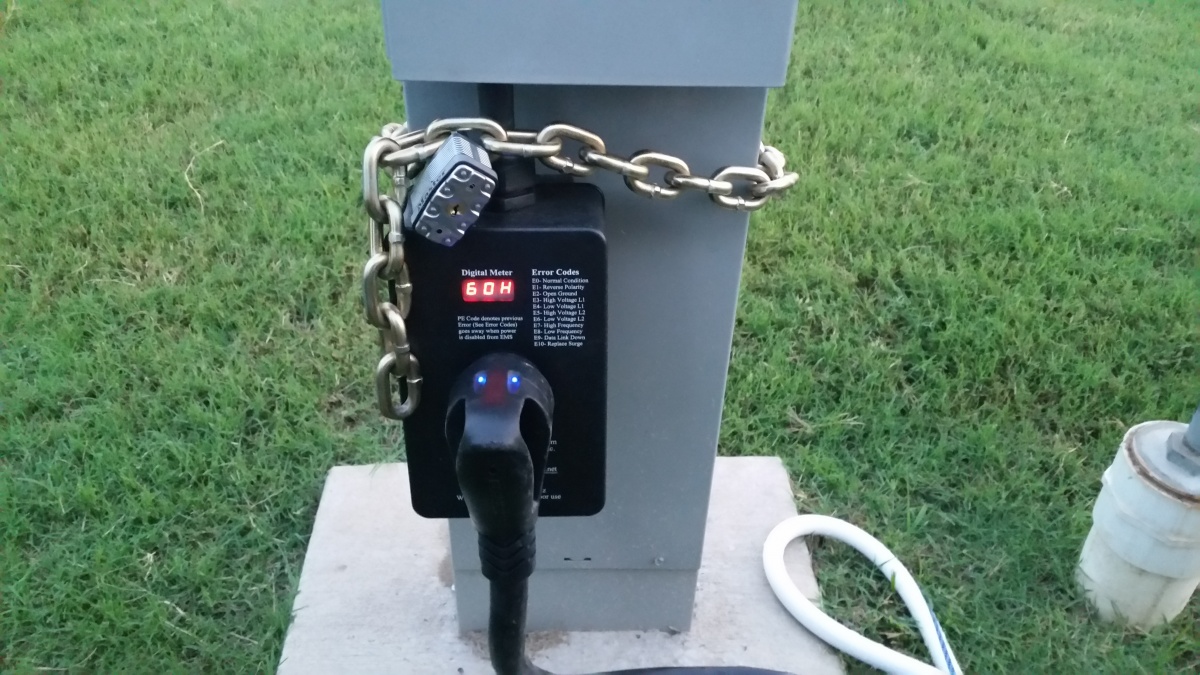

Articles
How To Lock Your RV Surge Protector
Modified: February 22, 2024
Looking for articles on how to lock your RV surge protector? Find helpful tips and step-by-step instructions in this comprehensive guide.
(Many of the links in this article redirect to a specific reviewed product. Your purchase of these products through affiliate links helps to generate commission for Storables.com, at no extra cost. Learn more)
Introduction
Welcome to our comprehensive guide on how to lock your RV surge protector. As an RV owner, protecting your valuable electrical equipment is of utmost importance. A surge protector is a crucial device that safeguards your RV’s electrical system from power surges, voltage fluctuations, and other electrical hazards.
While investing in a high-quality surge protector is a smart move, it’s equally important to take additional measures to secure it. Unfortunately, thefts of valuable RV equipment, including surge protectors, are not uncommon.
In this article, we will explore the reasons why locking your RV surge protector is essential and provide you with a step-by-step guide on how to do it. We will also share helpful tips, best practices, and common mistakes to avoid when securing your surge protector.
So let’s dive in and learn more about the importance of locking your RV surge protector and how you can do it effectively.
Key Takeaways:
- Locking your RV surge protector is essential to prevent theft, save costs, and provide peace of mind. Choose from various locking mechanisms and follow best practices to enhance security and protect your investment.
- Avoid common mistakes when securing your RV surge protector, such as using weak locks and neglecting regular inspections. By following tips and best practices, you can effectively deter theft and enjoy worry-free travels.
Read more: What Is The Best Surge Protector For An RV
Understanding the Importance of Locking Your RV Surge Protector
As an RV owner, you understand the significance of protecting your investment. Your RV is not only a mode of transportation but also your home away from home. Therefore, it is essential to ensure that all the crucial components and accessories of your RV are secure, including your surge protector.
A surge protector is designed to safeguard your RV’s electrical system from power spikes and surges, which can cause damage to delicate electronics and appliances. It acts as a barrier between your RV and the unpredictable fluctuations in power supply, providing an extra layer of protection.
Unfortunately, thefts of RV equipment are becoming increasingly common. Opportunistic thieves are always on the lookout for valuable items that can be easily removed and resold. Your surge protector is one such item that thieves may target.
Locking your RV surge protector is therefore crucial for several reasons:
- Theft Prevention: By securing your surge protector, you minimize the risk of it being stolen. A locked surge protector is less enticing for thieves and provides an additional barrier to protect your investment.
- Cost Savings: Investing in a high-quality surge protector is a wise decision to prevent damage to your RV’s electrical system. By locking it up, you ensure that your surge protector stays in place, avoiding the need for costly replacements or repairs.
- Peace of Mind: Knowing that your surge protector is securely locked provides peace of mind while you are away from your RV. Instead of worrying about the safety of your valuable electrical equipment, you can focus on enjoying your travels.
Now that you understand the importance of locking your RV surge protector, let’s explore the different types of locking mechanisms available.
Types of Locking Mechanisms for RV Surge Protectors
When it comes to securing your RV surge protector, there are several types of locking mechanisms available. Each locking method offers its own advantages and level of security. Here are some common options:
- Padlock and Chain: One of the simplest and most affordable ways to secure your surge protector is by using a padlock and chain. You can attach the chain to a fixed object or the RV itself and then loop it around the surge protector, securing it with a padlock. This method provides a visible deterrent and is relatively easy to implement.
- Surge Protector Locking Enclosures: These are specially designed enclosures that fit around your surge protector and provide a locked compartment to keep it secure. These enclosures often have a built-in lock and key mechanism, making it more challenging for thieves to tamper with or remove the surge protector.
- Security Cables: Security cables, similar to those used for bicycles or laptops, can be an effective way to secure your surge protector. These cables are made of durable materials and can be looped around both the surge protector and a secure object, such as a nearby pole or the RV frame. They usually come with a combination lock or key lock for added security.
- Integrated Locking Systems: Some surge protectors come equipped with built-in locking mechanisms. These systems allow you to securely lock the surge protector to the RV’s electrical pedestal. They often use a key or combination lock and provide a convenient and seamless way to protect your electrical equipment.
It’s important to consider factors such as ease of installation, level of security required, and convenience when choosing the locking mechanism that best suits your needs. Whichever method you choose, make sure it is compatible with your specific surge protector model and provides the necessary level of protection.
Now that you are familiar with the different locking mechanisms available, let’s move on to the step-by-step guide on how to lock your RV surge protector.
Step-by-Step Guide: How to Lock Your RV Surge Protector
Securing your RV surge protector is a relatively simple process. Follow these step-by-step instructions to ensure that your valuable electrical equipment stays protected:
- Choose a compatible locking mechanism: Determine the type of locking mechanism that best suits your surge protector and RV setup, such as a padlock and chain, locking enclosure, security cable, or integrated locking system.
- Position your surge protector: Install your surge protector in a convenient location, preferably close to your RV’s electrical inlet or pedestal. Ensure that it is easily accessible for proper connection and monitoring.
- Prepare the locking mechanism: If you’re using a padlock and chain, loop the chain around a fixed object or the RV itself. For enclosures or security cables, follow the manufacturer’s instructions on how to secure them to protect your surge protector.
- Secure the surge protector: Place the locked portion of the locking mechanism around your surge protector, ensuring a snug fit. Attach any necessary clamps or brackets, if applicable, to keep the surge protector securely in place.
- Test the secure attachment: Once the locking mechanism is in place, give the surge protector a gentle tug to ensure it is properly secured. Check for any movement or signs of weakness in the locking mechanism. If necessary, adjust and tighten the lock or chain for a more secure fit.
- Record any access codes or combinations: If you’re using a combination lock or integrated locking system, be sure to note down the access code or combination in a secure place for future reference.
- Regularly inspect the lock: Periodically check the condition of the lock and the integrity of the locking mechanism. Look for signs of wear, damage, or tampering and address any issues promptly.
By following these steps, you can effectively lock your RV surge protector and add an additional layer of security to your electrical system.
Now that you know how to lock your RV surge protector, let’s explore some tips and best practices for securing it.
When locking your RV surge protector, use a weatherproof lock to secure it to the power pedestal. This will help prevent theft and ensure your electrical system stays protected.
Tips and Best Practices for Securing Your RV Surge Protector
Securing your RV surge protector is not only about choosing the right locking mechanism but also implementing some best practices to ensure maximum effectiveness. Here are some tips to help you secure your surge protector effectively:
- Choose a visible location: Install your surge protector in a visible location, preferably near the front of your RV. This makes it more challenging for thieves to remove without attracting attention.
- Use a cover: Consider using a protective cover for your surge protector. This adds an extra layer of protection against the elements and also conceals the presence of the surge protector from potential thieves.
- Secure other RV components: While locking your surge protector is essential, don’t forget to secure other valuable RV components as well. This includes your generator, propane tanks, and any external storage compartments.
- Maintain good exterior lighting: Keep the area where your surge protector is located well-lit, especially during nighttime. Adequate lighting deters potential thieves and provides better visibility if any tampering occurs.
- Consider adding an alarm: Install an alarm system that triggers when unauthorized access or tampering is detected. This not only alerts you but also serves as an added deterrent for thieves.
- Periodically inspect the lock: Regularly check the condition of the locking mechanism to ensure that it is in good working order. Replace worn-out locks or chains promptly to maintain the security of your surge protector.
- Be mindful of campground security: When selecting a campground or RV park, choose those with good security measures in place. This includes secure gating, surveillance cameras, and on-site security personnel.
- Inform fellow RVers: Share your knowledge about securing RV surge protectors with other RV owners. By spreading awareness, you can help prevent thefts and protect the community as a whole.
By following these tips and best practices, you can significantly enhance the security of your RV surge protector and reduce the risk of theft.
Now, let’s discuss some common mistakes to avoid when locking your RV surge protector.
Read more: Why Do I Need A Surge Protector For My RV
Common Mistakes to Avoid When Locking Your RV Surge Protector
While securing your RV surge protector is important, it’s equally crucial to avoid common mistakes that can compromise its effectiveness. Here are some mistakes to avoid when locking your RV surge protector:
- Using a weak or easily bypassed lock: Ensure that the lock you choose is strong, durable, and not easily tampered with. Avoid using cheap or flimsy locks that can be easily cut or picked by thieves.
- Not properly securing the locking mechanism: Take the time to properly secure the locking mechanism around your surge protector. Ensure a tight fit to prevent easy removal.
- Leaving the key or combination in an easily accessible location: Don’t leave the key or combination to your lock lying around in an obvious or easily accessible spot. Store it in a secure location, separate from the surge protector itself.
- Skipping regular inspections: Neglecting to inspect the locking mechanism periodically can lead to unnoticed damage or deterioration. Regularly check the condition of the lock and the integrity of the locking mechanism to ensure its effectiveness.
- Not utilizing additional security measures: While locking your surge protector is important, don’t rely solely on the lock for security. Consider using additional security measures such as alarms or surveillance cameras to provide extra protection.
- Underestimating the importance of visibility: Ensure that your locked surge protector is visible to potential thieves. A visible lock and deterrence signage can make them think twice before attempting theft.
- Forgetting to lock other RV components: Don’t focus solely on securing your surge protector. Remember to lock other valuable RV components such as generators, propane tanks, and storage compartments to prevent theft.
- Disregarding campground security: Choose campgrounds or RV parks with robust security measures in place. Opt for well-lit areas and those with gated entrances, surveillance cameras, and security personnel.
By avoiding these common mistakes, you can significantly enhance the security of your RV surge protector and minimize the risk of theft.
Now, let’s wrap up our guide on how to lock your RV surge protector.
Conclusion
Securing your RV surge protector is crucial for protecting your investment and ensuring the longevity and proper functioning of your RV’s electrical system. By taking the necessary steps to lock your surge protector, you minimize the risk of theft and potential damage.
In this comprehensive guide, we explored the importance of locking your RV surge protector and provided you with a step-by-step guide on how to do it effectively. We discussed various types of locking mechanisms, such as padlocks and chains, locking enclosures, security cables, and integrated locking systems.
Additionally, we shared some useful tips and best practices, including choosing a visible location, using protective covers, securing other RV components, and maintaining good exterior lighting. We also cautioned against common mistakes, such as using weak locks, not properly securing the locking mechanism, and neglecting regular inspections.
Remember that your RV surge protector plays a crucial role in protecting your electrical equipment from power surges and fluctuations. By taking the necessary precautions to lock your surge protector, you not only safeguard your RV but also gain peace of mind during your travels.
Always prioritize the security of your valuable RV equipment, and consider sharing these tips and best practices with other RV owners to help create a more secure community.
Stay proactive, stay secure, and enjoy your RV adventures with confidence!
Frequently Asked Questions about How To Lock Your RV Surge Protector
Was this page helpful?
At Storables.com, we guarantee accurate and reliable information. Our content, validated by Expert Board Contributors, is crafted following stringent Editorial Policies. We're committed to providing you with well-researched, expert-backed insights for all your informational needs.
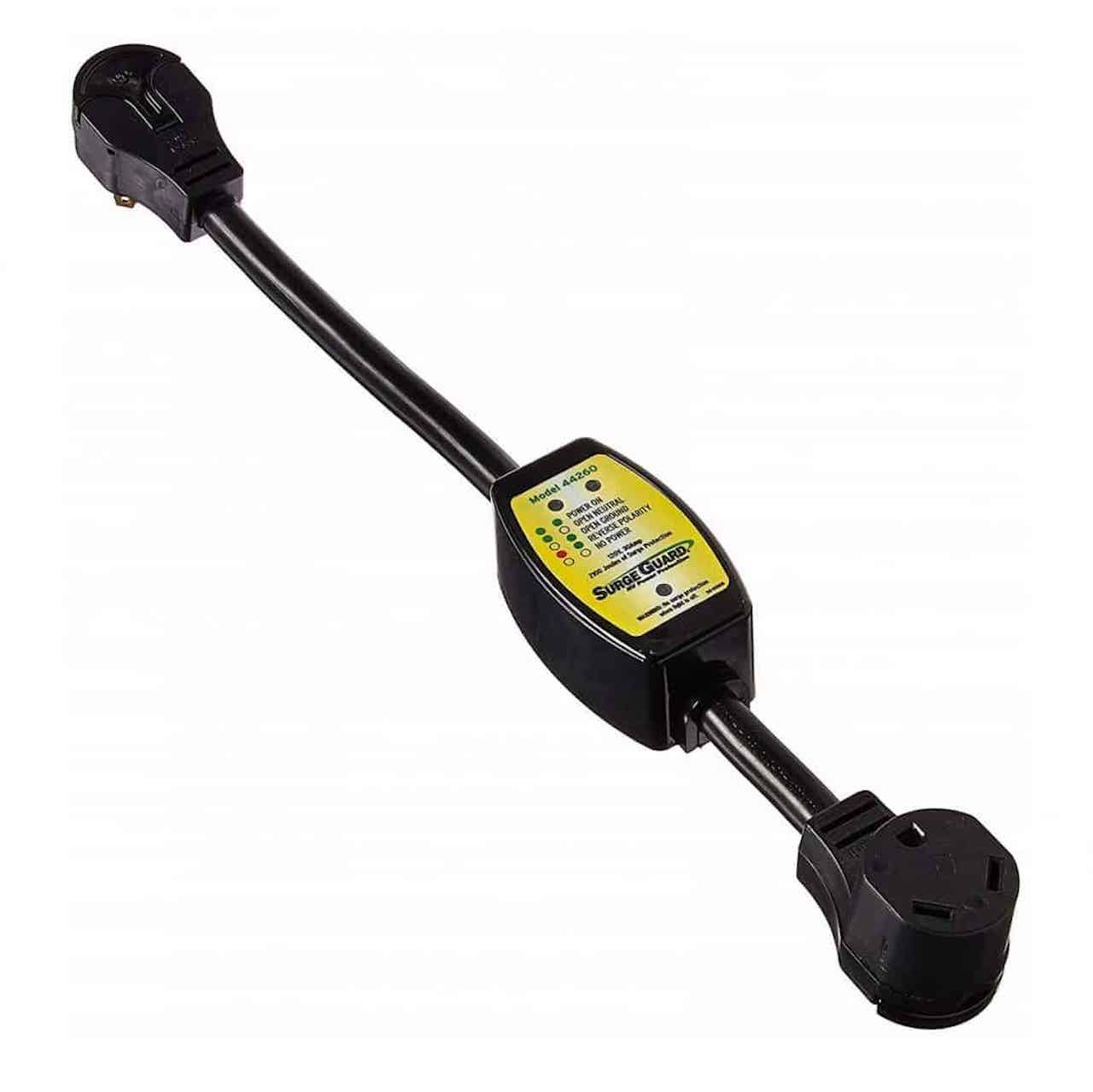
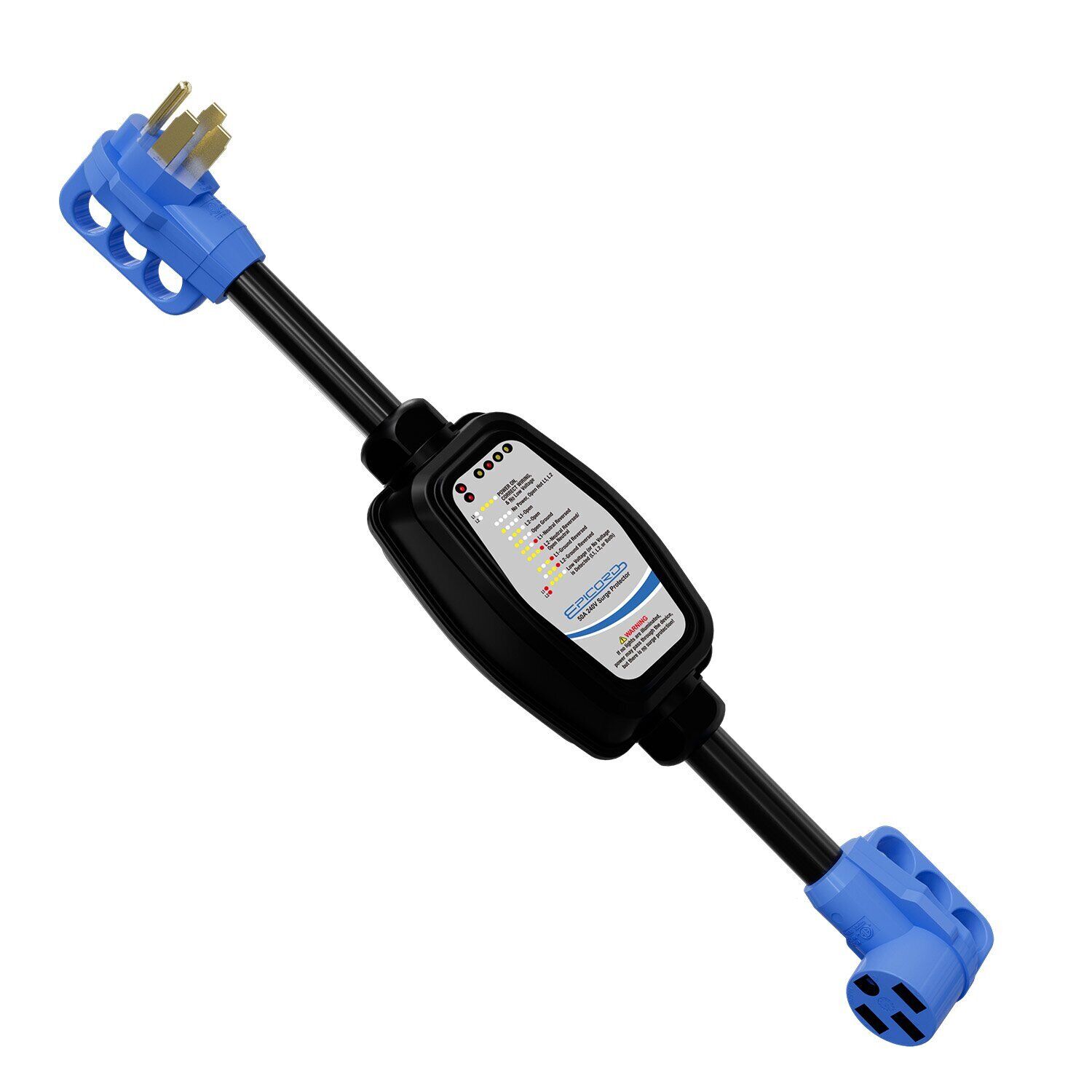
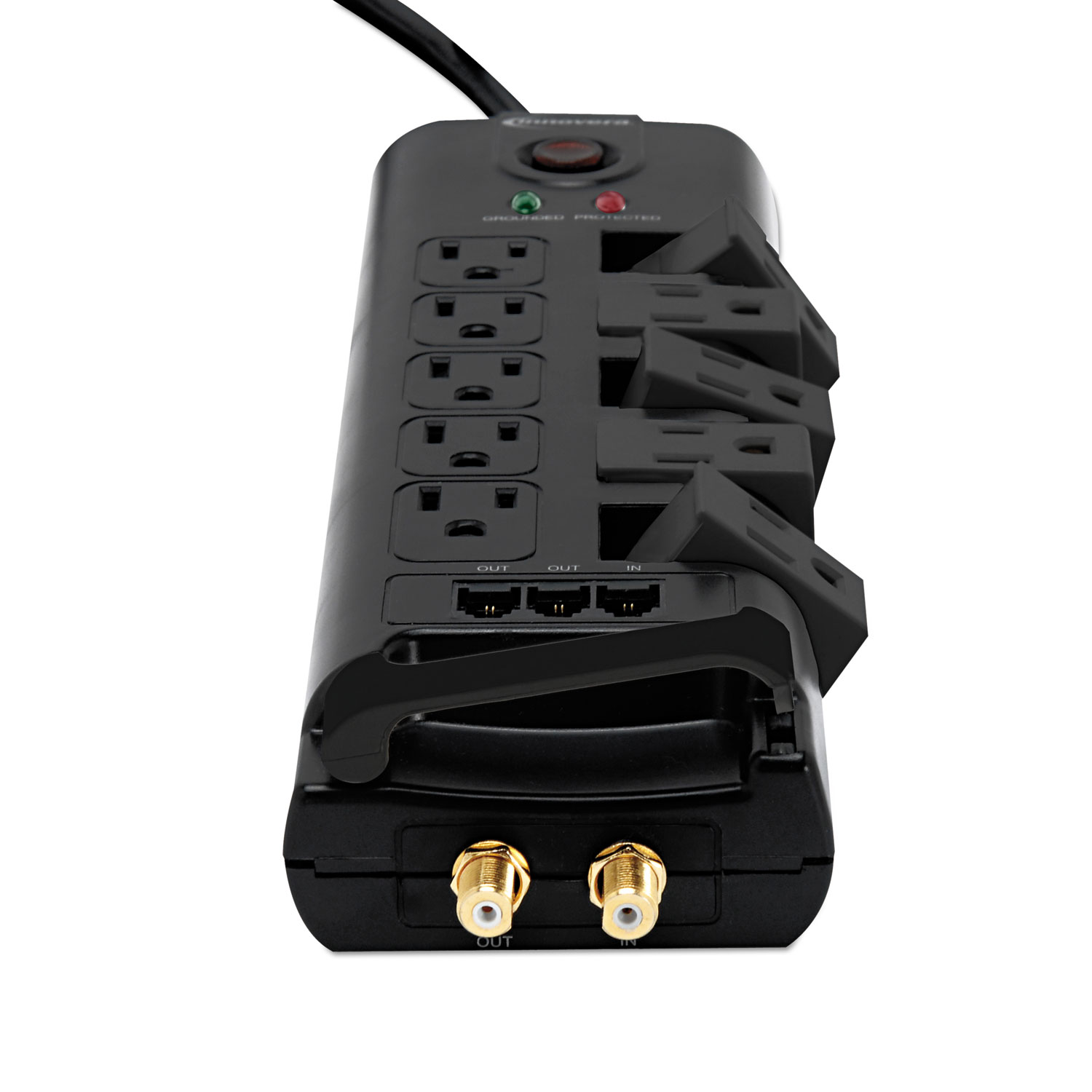
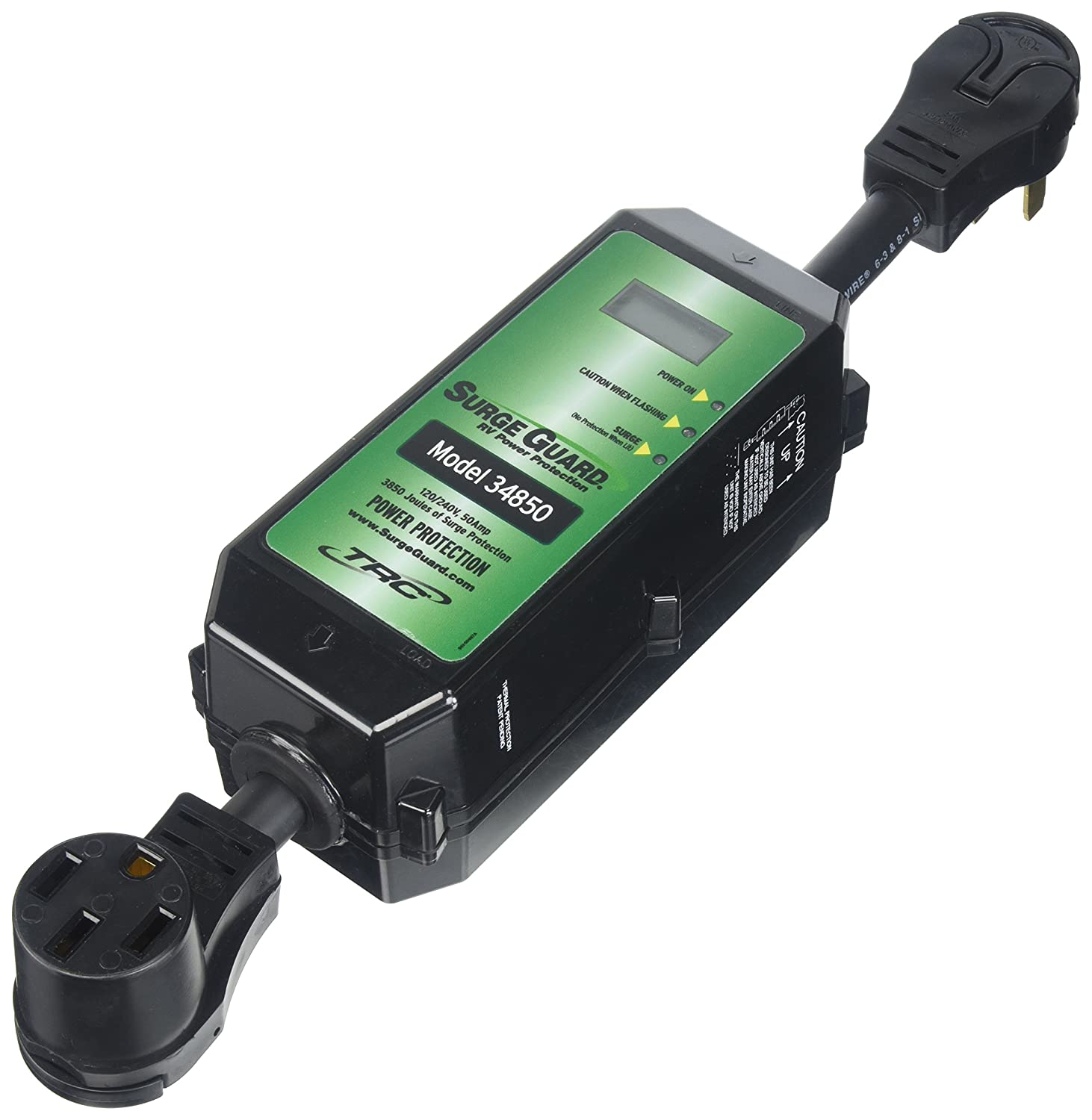
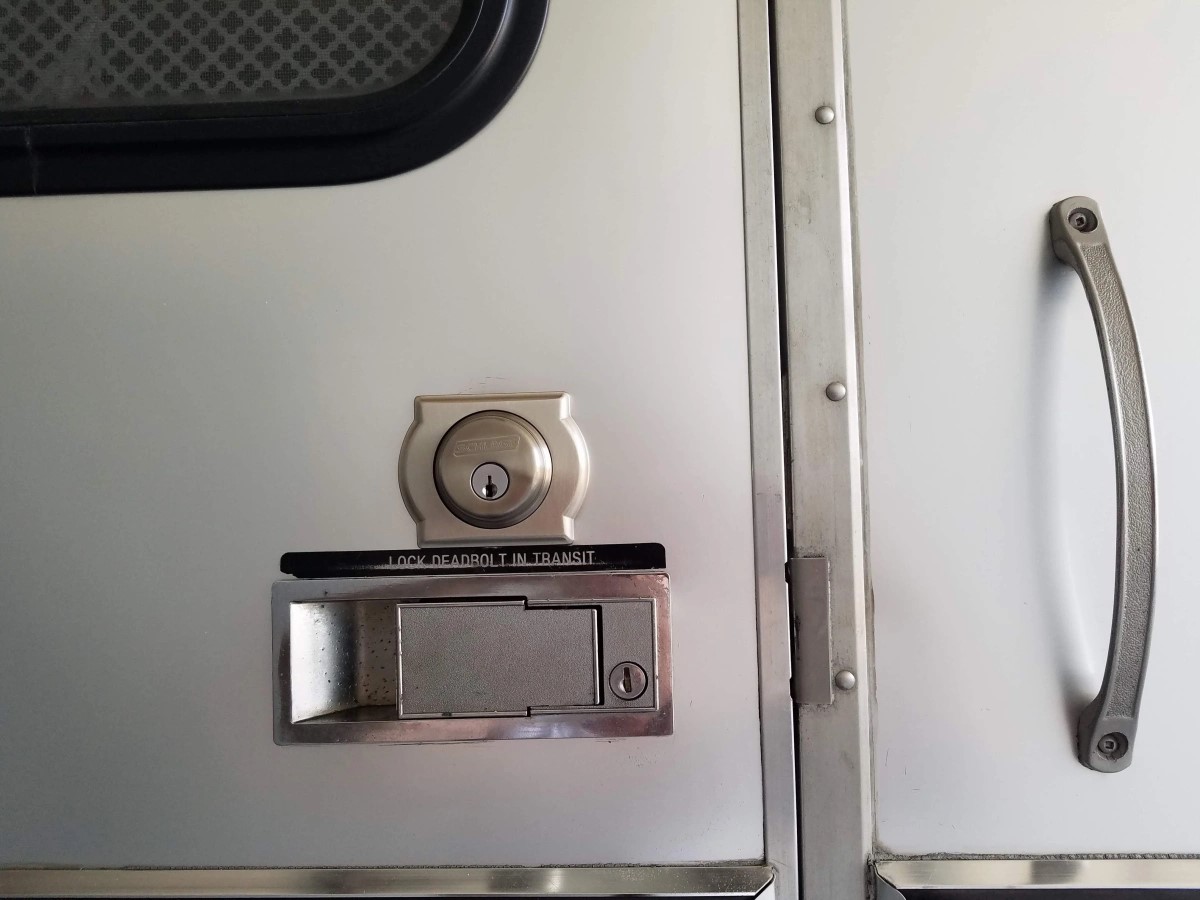
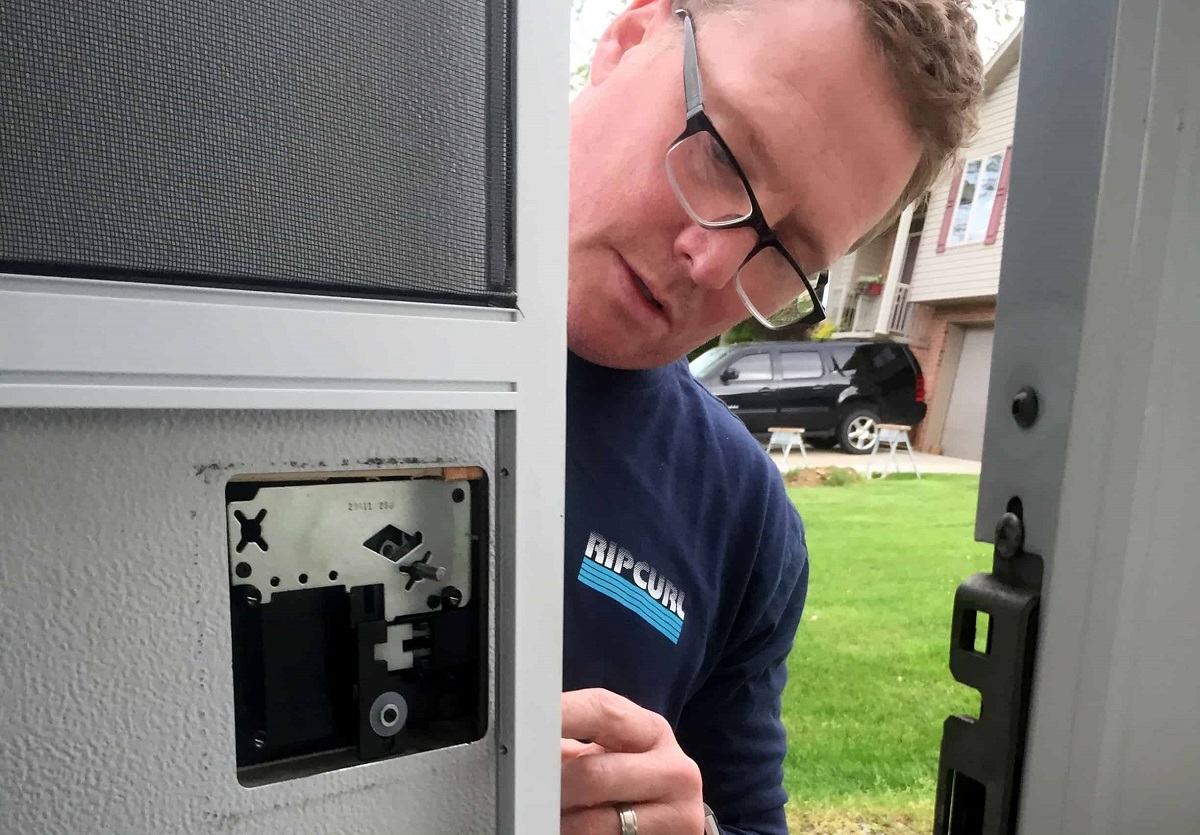
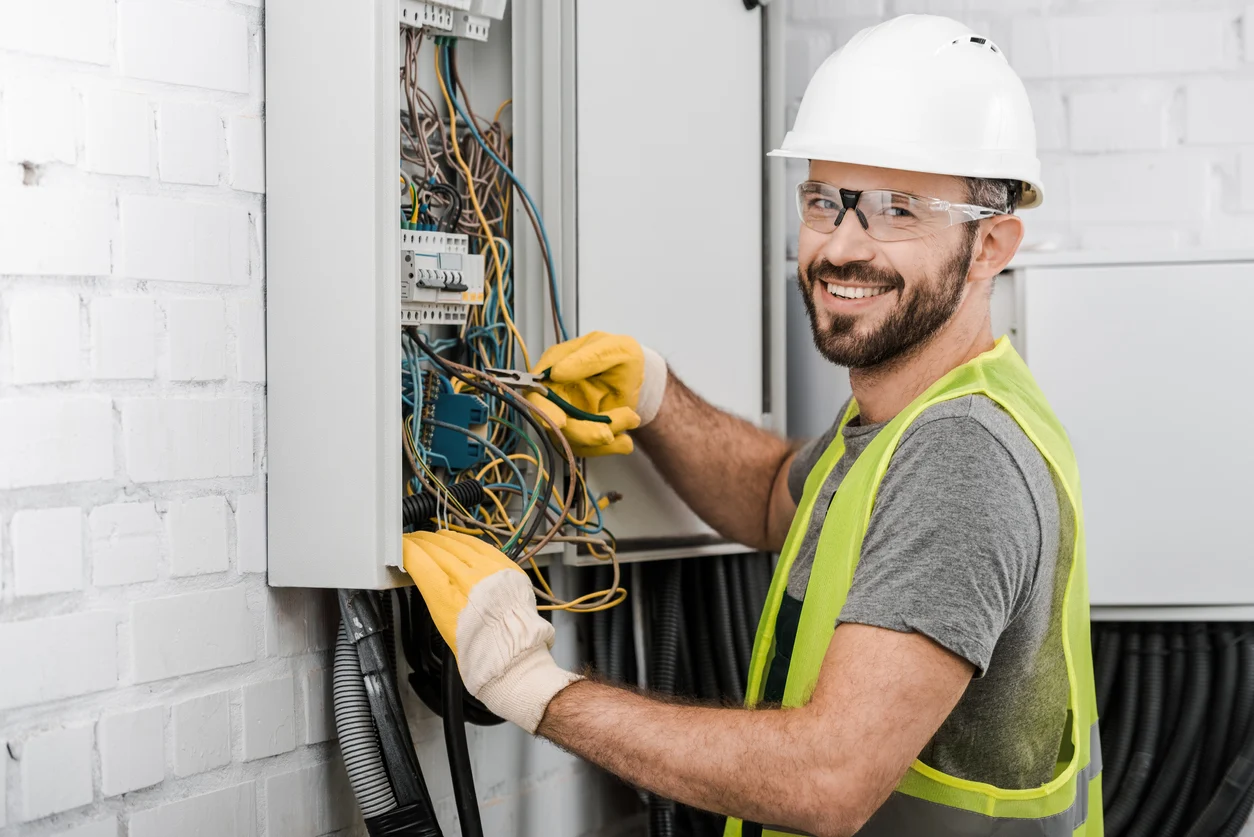
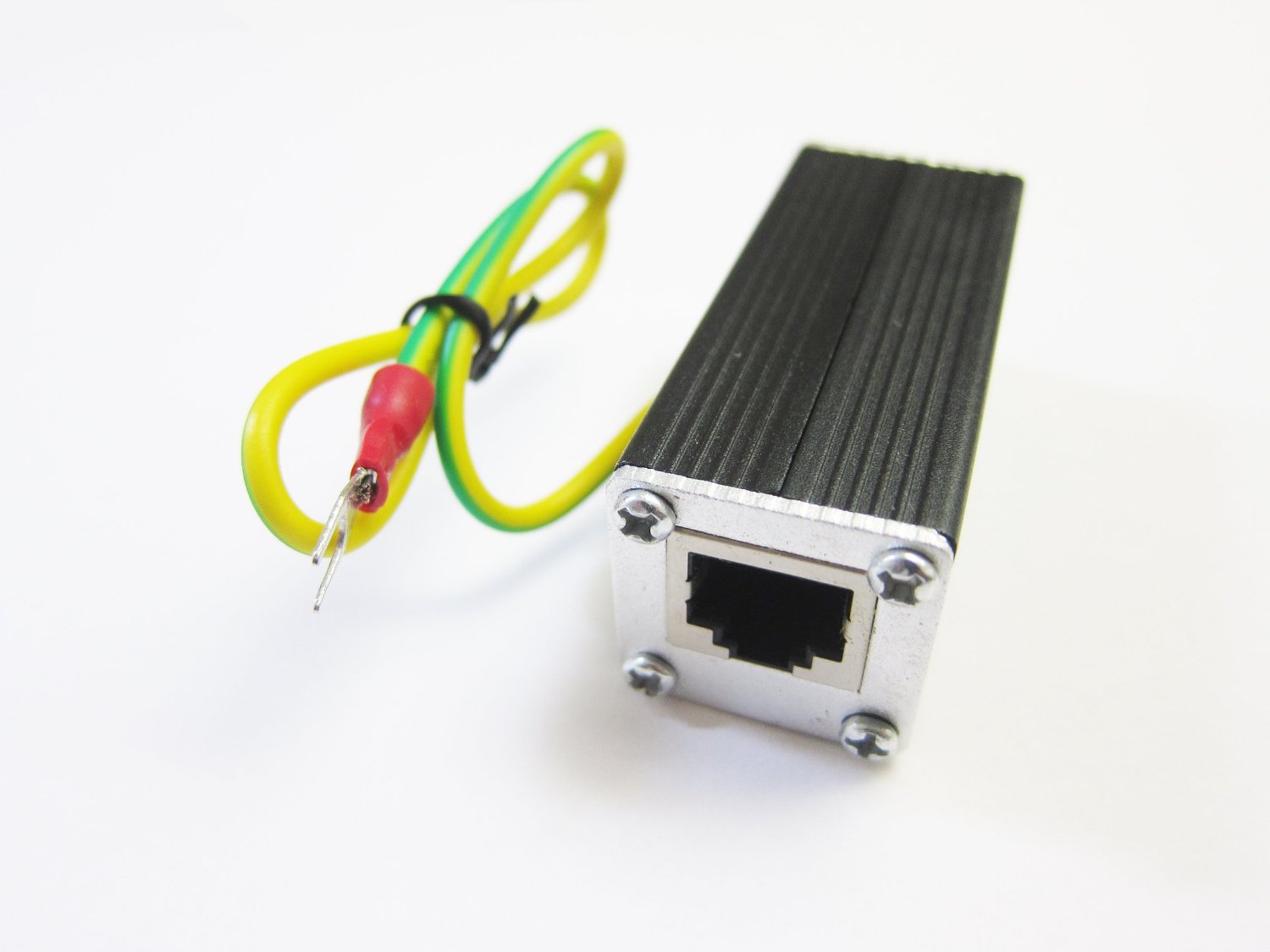
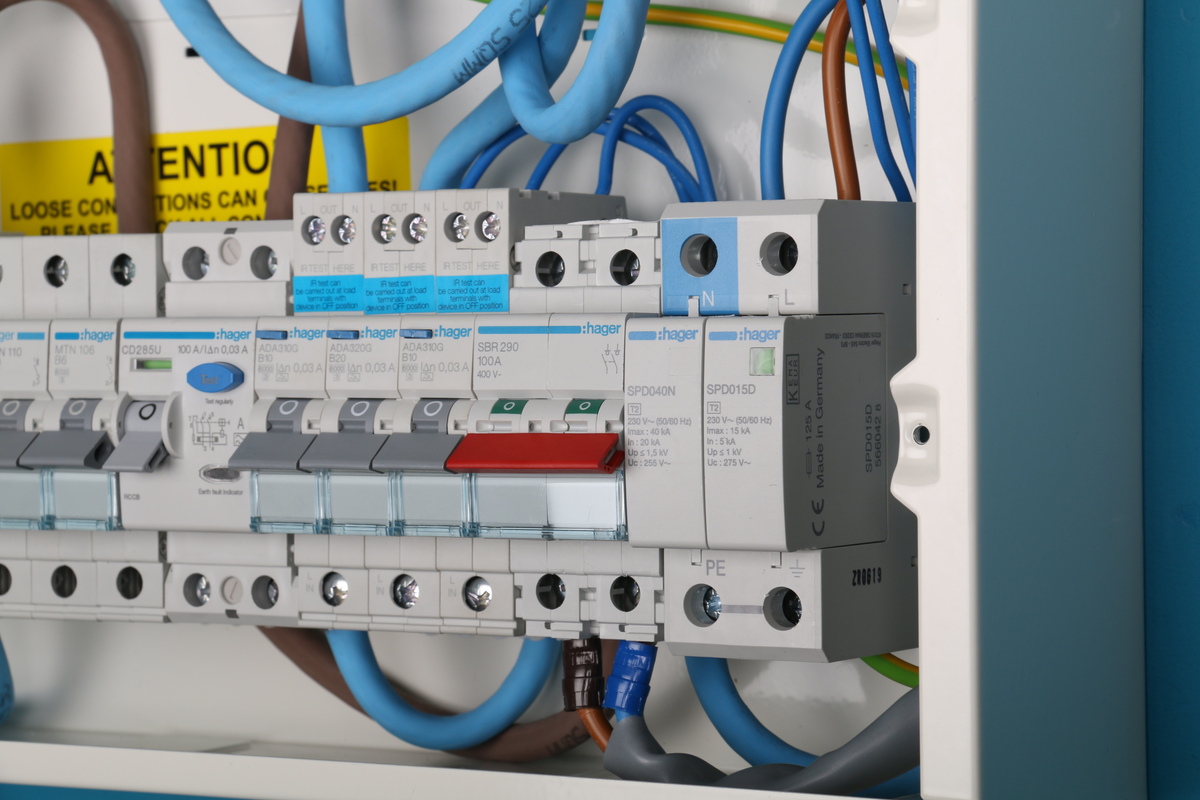
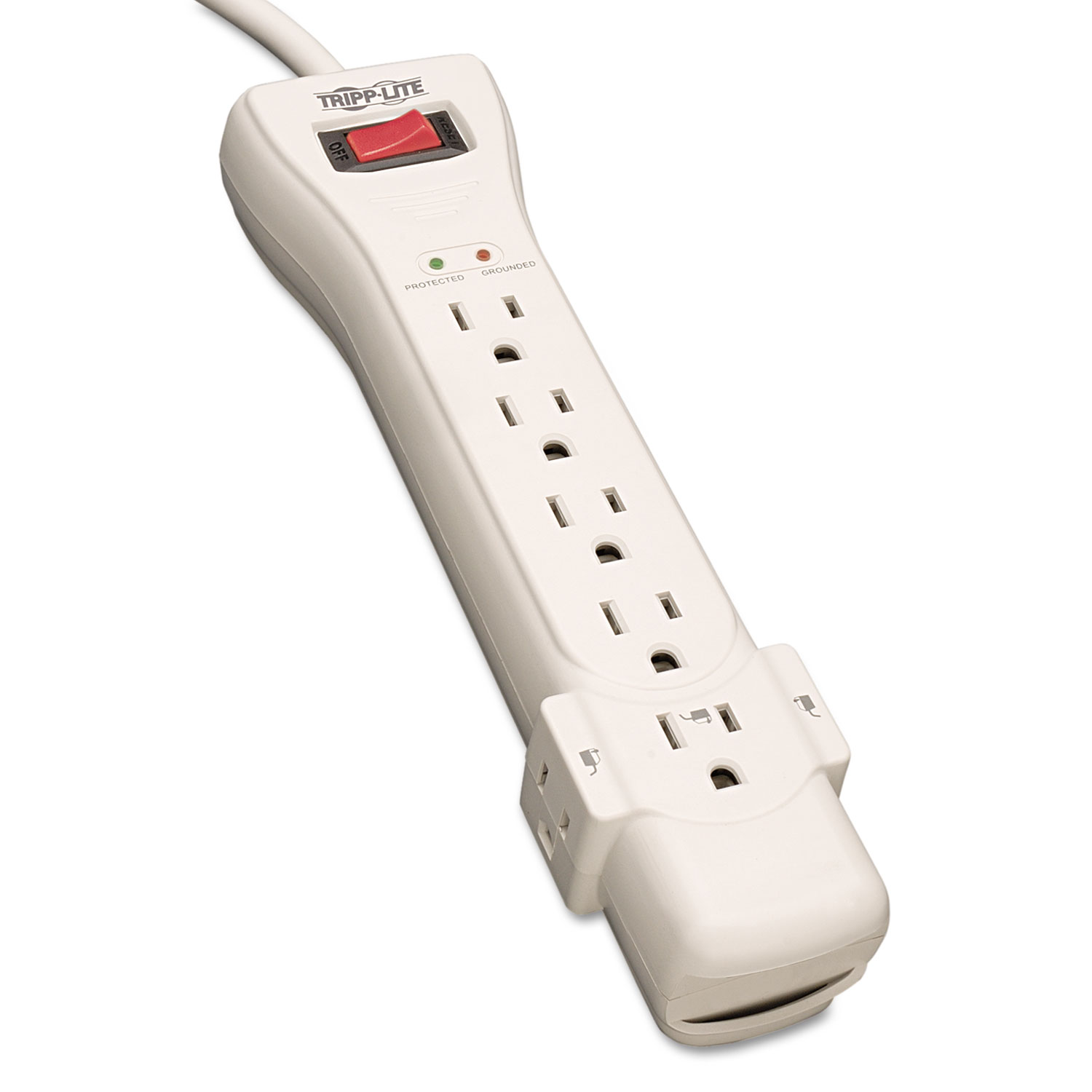
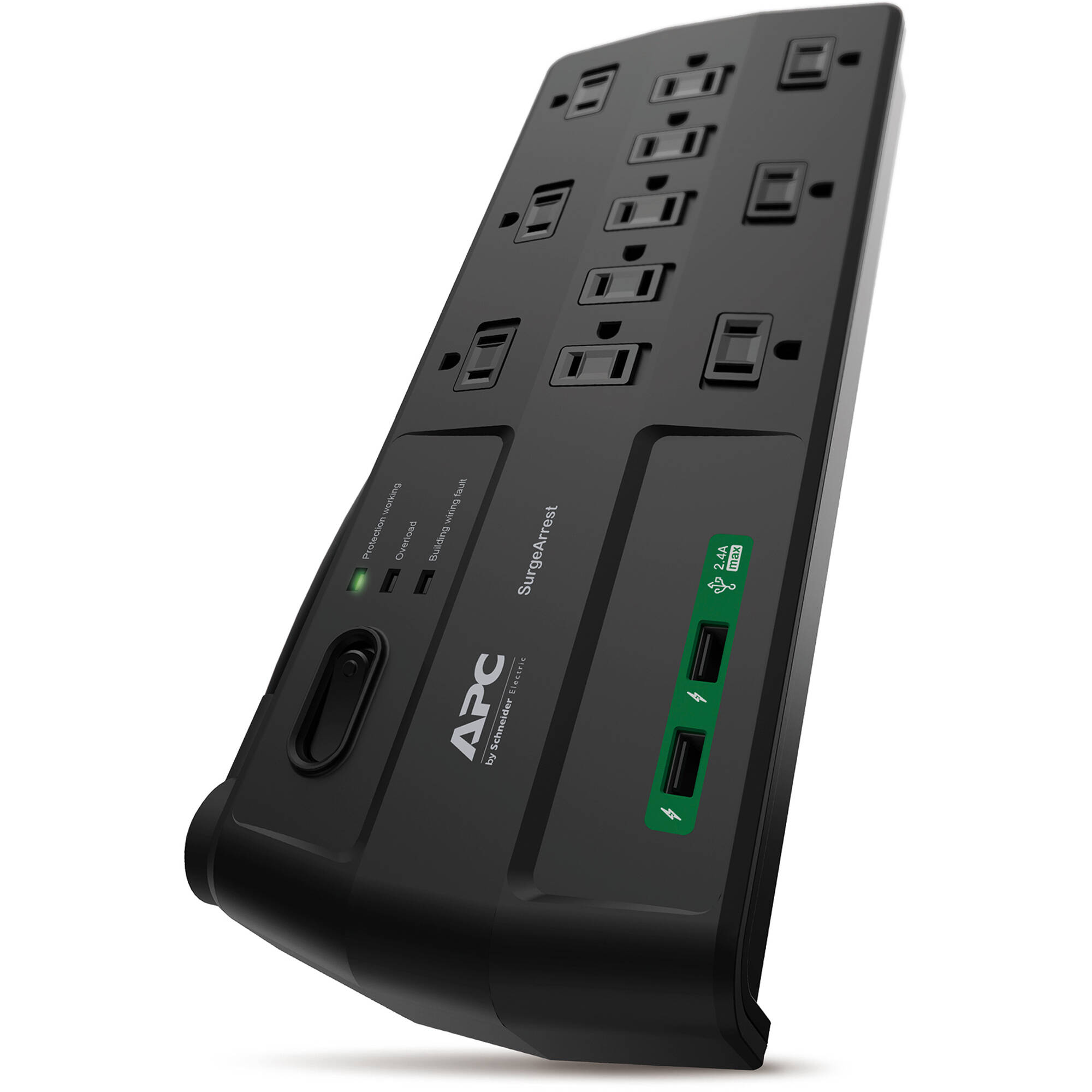
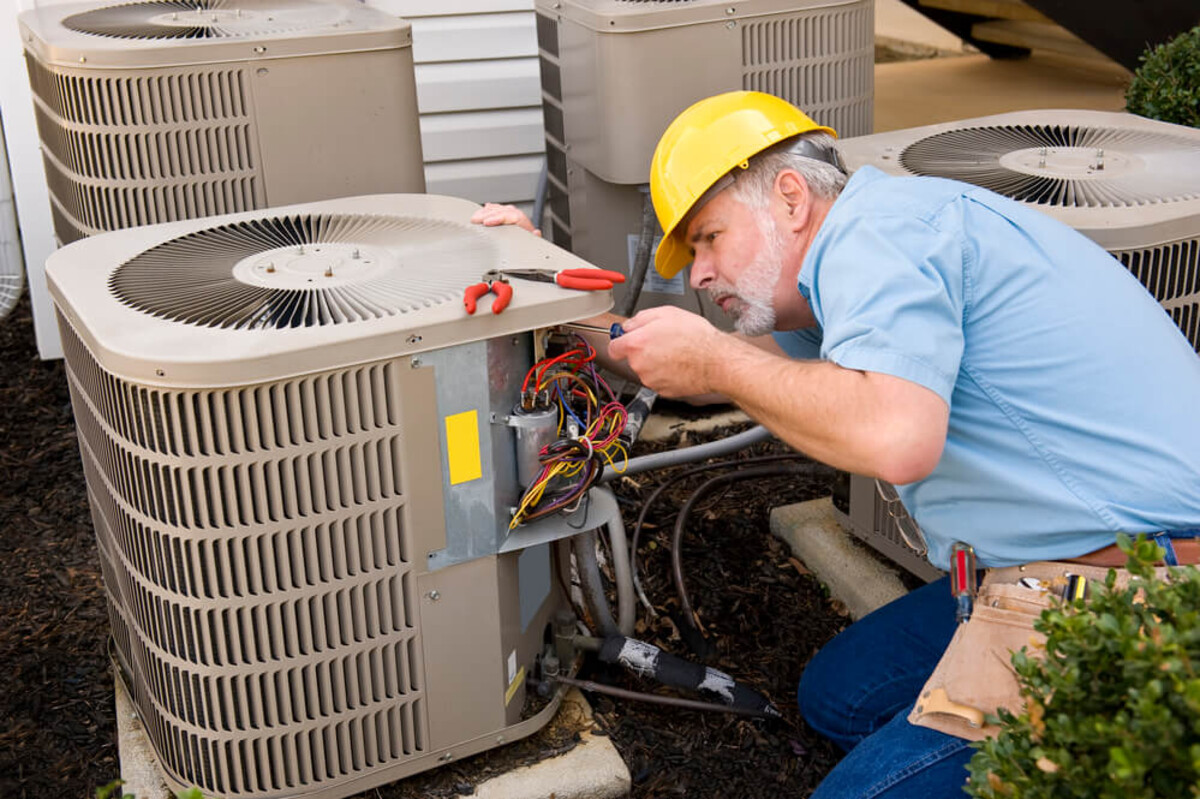
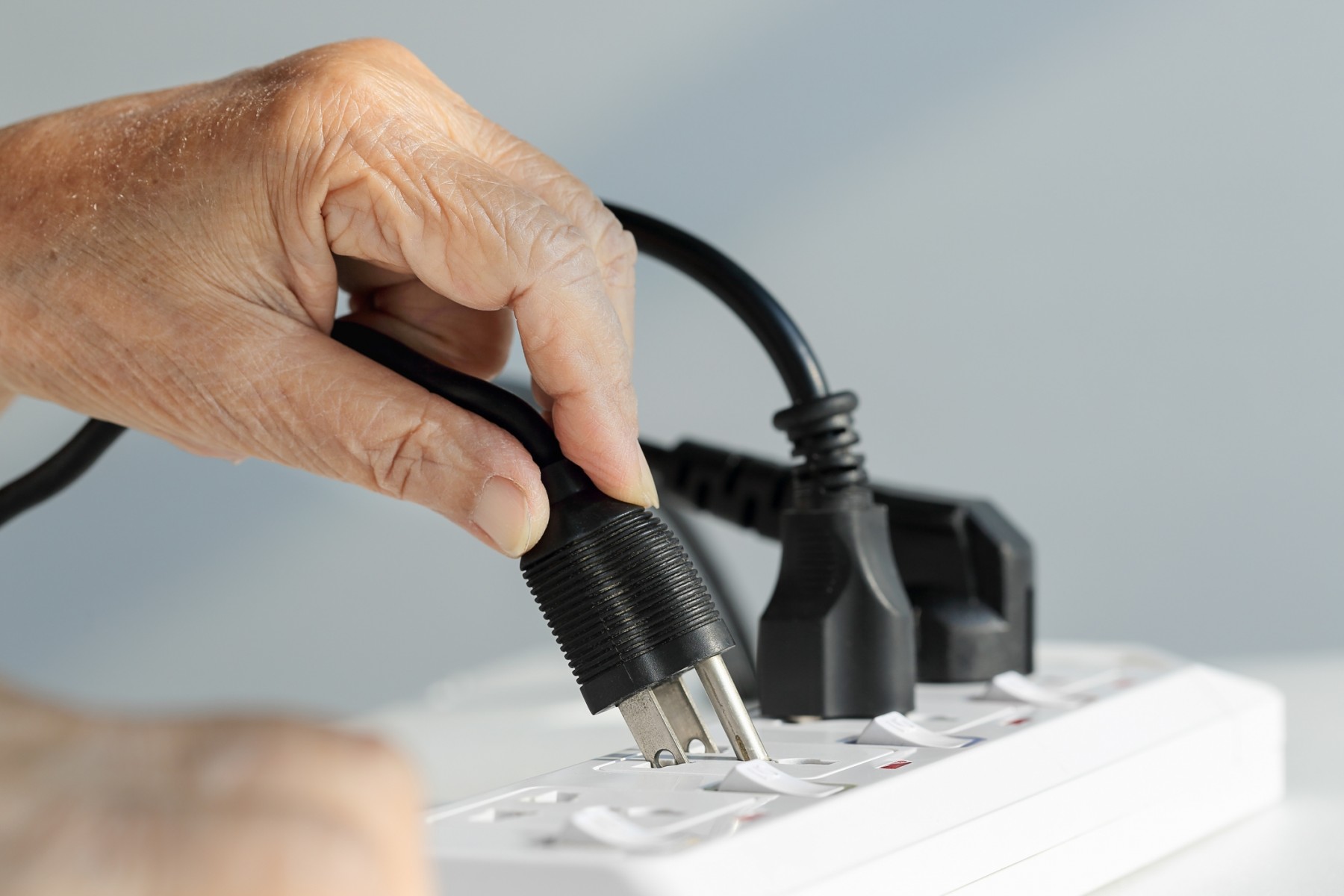
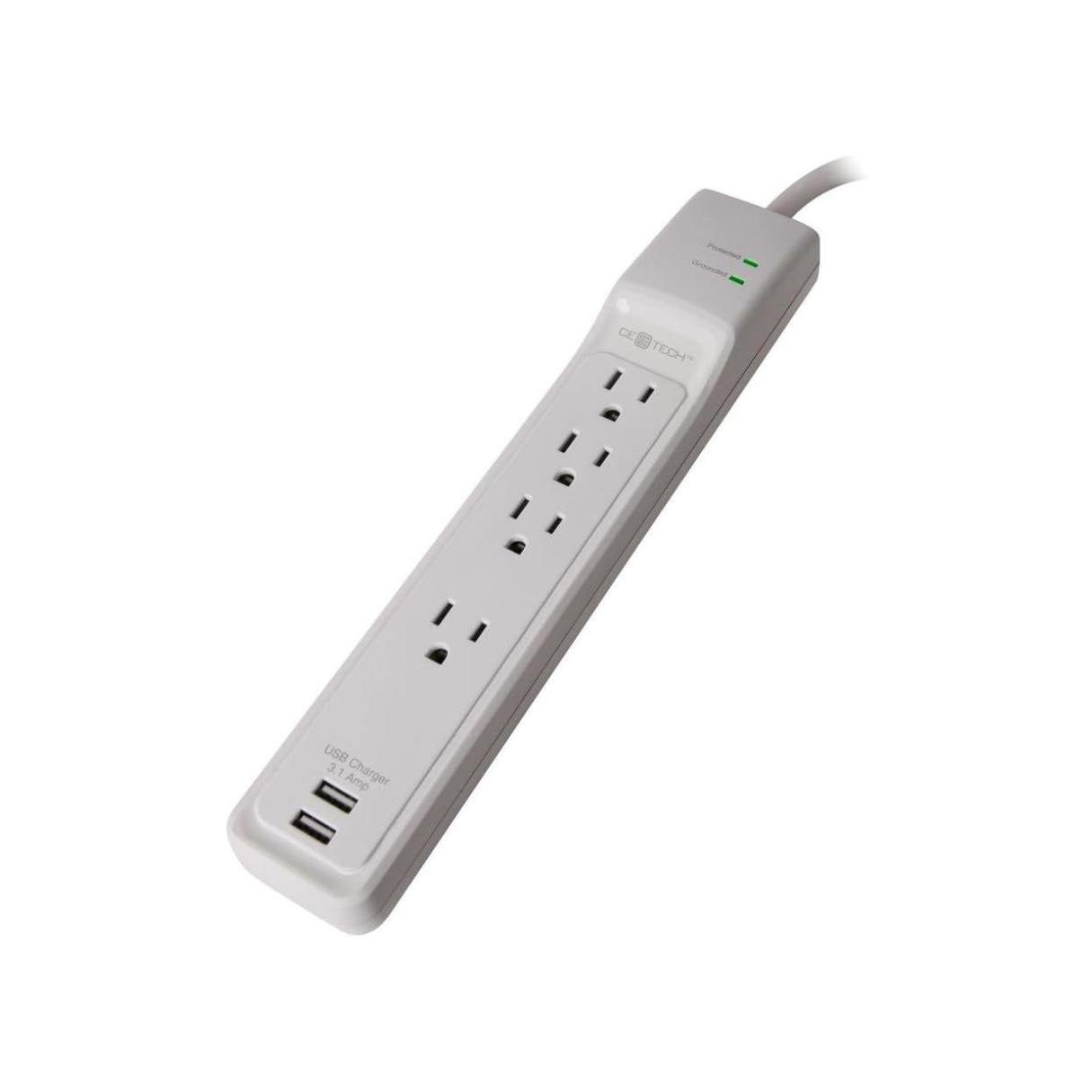

0 thoughts on “How To Lock Your RV Surge Protector”